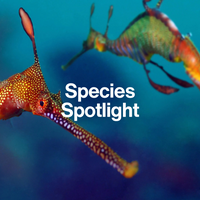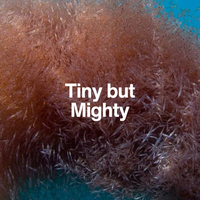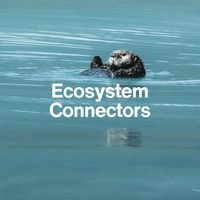The Ocean’s Tireless Recyclers
Amphipods

Tiny crustaceans with no shells, no fame, and no fear—amphipods keep the ocean clean, one scrap at a time.
Introduction
The Clean-Up Crew You’ve Never Noticed
Amphipods are small, shrimp-like crustaceans that inhabit nearly every part of the ocean—from sunlit shallows to hadal trenches. Though often overlooked, these agile scavengers play a critical role in recycling nutrients and fuelling life at every depth.
From decomposing detritus to whale falls, amphipods are nature’s mobile janitors—ensuring that nothing in the ocean goes to waste.

Ecological Role
The Ocean’s Composters
- Recyclers of the Sea: Amphipods feed on dead plants, animals, fecal matter, and detritus, breaking down organic material and keeping ecosystems clean.
- Key Prey: Amphipods are an important food source for seabirds, fish, whales, seals, and deep-sea predators.
- Benthic Balancers: In sediment-rich environments, they help regulate microbial communities by grazing on biofilms and controlling excess waste.
- From Pole to Trench: Amphipods are found everywhere—from Antarctic ice to hydrothermal vents—adapting to extreme temperatures, pressures, and environments.

Fun Fact
Some deep-sea amphipods are so hardy, they’ve been found living inside the Mariana Trench—where pressures are over 1,000 times greater than at sea level! To survive, they produce unique enzymes and even natural antifreeze-like compounds.
Biology & Behaviour
Adapted for Extremes
Amphipods come in many forms, from translucent swimmers to deep-sea scavengers. Most species are between 1–20 mm long, but deep-sea giants can reach over 30 cm!
They:
- Lack shells but have a hard exoskeleton
- Swim sideways using rapidly beating appendages
- Cling to rocks, algae, ice, or burrow into sand
- Can detect chemical signals from decaying material kilometres away
- In the deep sea, swarm en masse on sunken organic matter
Despite their size, amphipods are incredibly efficient, highly mobile, and biologically diverse.

Threats & Challenges
Tiny, But in Trouble
Though resilient, amphipods face rising pressures:
Ocean warming
shift their distribution and reduce oxygen in some zones
Pollution
microplastics and toxic contaminants bioaccumulate in scavengers
Ocean acidification
may interfere with metabolic functions and reproduction
Deep-sea mining and drilling
isrupt habitats and food availability
Did you know?
Amphipods have been found at depths of nearly 11,000 metres in the Mariana Trench—making them some of the deepest-dwelling multicellular animals on Earth.
Why They're Mighty
Nature’s Recyclers in Action
Amphipods are living proof that some of the most essential jobs in nature are also the messiest. By consuming decay and redistributing nutrients, they help close the loop on the ocean’s life cycle—making space for new life to thrive.
When you think of the ocean’s health, think beyond the beautiful and bold—think of the ones who clean up behind them.

Key Takeaways

NEXT SPECIES
Meet the Crowned Cleaners of the sea: Rotifers
With their spinning cilia and transparent bodies, rotifers are microscopic marvels. Up next: meet the whirlpool-mouthed recyclers that help keep aquatic ecosystems clear, clean, and thriving.




